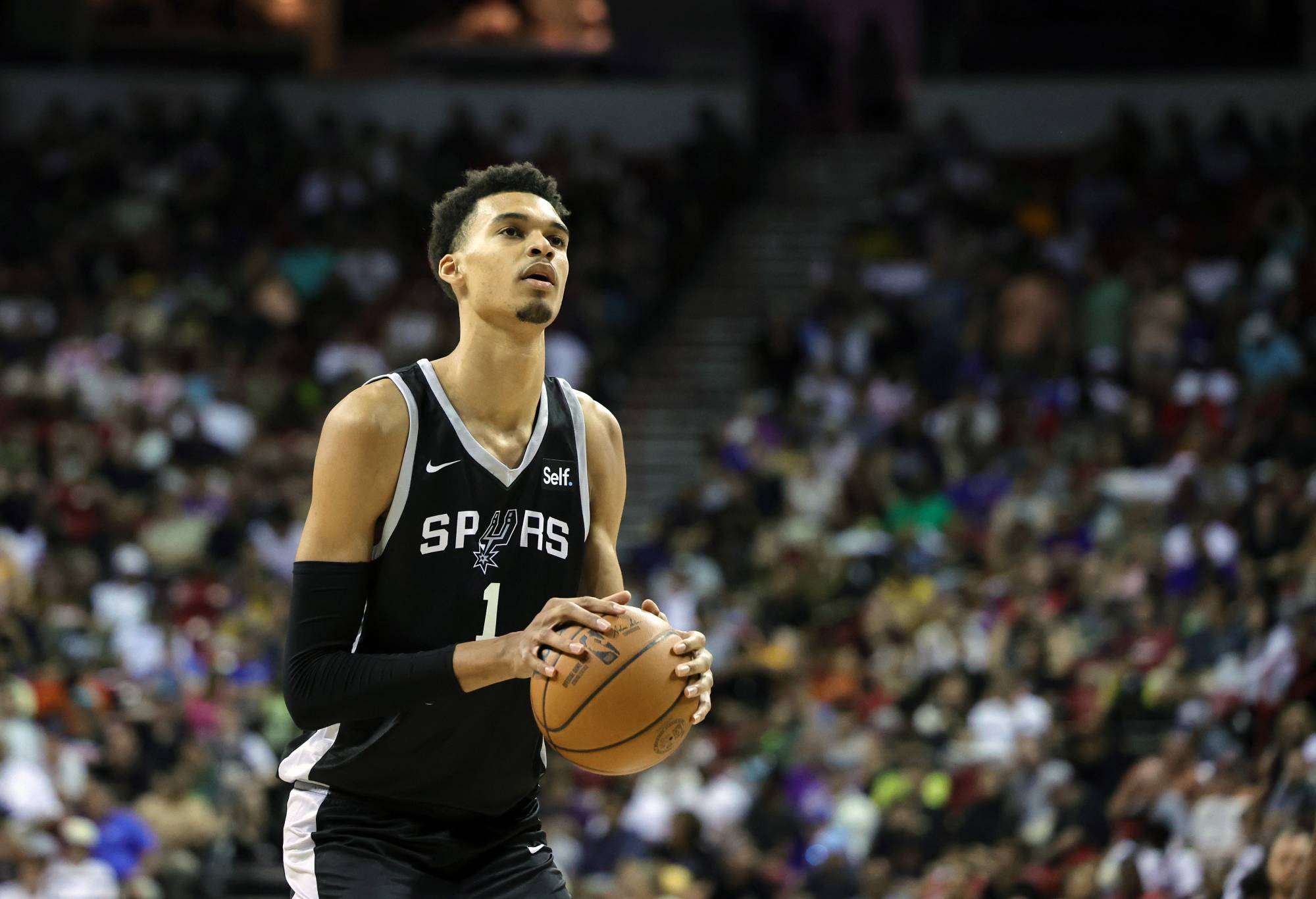As the NRL tries to crack the United States, is the AFL a realistic chance to get their share of international broadcast dollars?

There are many lucrative sporting leagues in the world, too many to mention here, eager to attract extra revenue from foreign viewership.
The world’s most successful sporting league is the English Premier League, which is supported by broadcasting revenue of over £10 billion ($18.7 billion in AUD) for the period 2022-2025, the proportion coming from foreign revenue currently exceeding the amount derived from domestic sources.
The popularity of the Premier League is evident by America’s NBC network alone paying more than $US2.7 billion ($3.99b AUD) over six years to televise the world’s richest soccer competition after achieving an average 507,000 viewers per match in 2021-22.
America’s National Basketball Association also generates $US715 ($1.05b AUD) million from non-US media rights (including the NBA League Pass streaming platform), a sizeable amount even when compared to the $US2.7 billion ($3.99b AUD) it receives from domestic broadcasting rights.
Victor Wembanyama. (Photo by Ethan Miller/Getty Images)
But what of the Australian Football League (AFL), Australia’s biggest domestic sporting league representing the indigenous sport of Australian Rules football, a sport which currently generates very little international interest.
While the AFL is one of the world’s best attended sporting leagues (36,000 for 18 teams in 2023) with players likely to benefit further from a record $A4.5 billion seven-year deal domestic broadcasting deal from 2025 to 2031, can the AFL also achieve significant television revenue from foreign sources?
Sadly, it is very hard for any sporting league representing a sport played in just one or a few countries to gain widespread global interest, never mind attracting interest from the American market where five of the top 12 national sporting leagues currently exist.
Even America’s National Football League (NFL) is projected to receive at least $US125.5 billion (roughly $185b AUD) over the next ten years from broadcasting revenue, only two to three per cent of its total media revenue as of 2020 come from overseas, despite one estimate that the sale of the NFL GamePass numbers between 300,000 and 700,000 outside the US and Canada.
But while the NFL seeks to grow globally with more games hosted in Europe and Mexico, I doubt whether there can be the same interest in the AFL.
I love both the AFL and NFL, but even Australia’s greatest sporting rivals in cultural terms (England and New Zealand) have little interest in Australian Rules football.
Bobby Hill and Jack Ginnivan celebrate a Collingwood goal. (Photo by Quinn Rooney/Getty Images)
In contrast, interest in the NFL is huge, with England hosting three NFL games in 2023 while Australians get to watch eight NFL matches per week via free-to-air on Channel Seven (2) and subscription on Foxtel/Kayo (6).
The AFL does occasionally get positive exposure from prominent Americans marvelling at the athleticism and physical nature of the game.
In the late 1980s, at a time when ESPN did not host major sports, Victorian Football League games were screened late with the former ESPN stalwart Bob Ley noting that the frenetic, free-flowing action and brutal physical contact appealed to many viewers, as well as a cultural curiosity of this strange sport played a million miles away.
In 2020, during the brief period when the coronavirus pandemic led to American interest in the AFL as Americans stayed home, former NFL punter Pat McAfee (with 1.8 million Twitter followers) discovered the sport via a late night telecast and immediately labelled Aussie rules as “the best thing that could ever have been made” and “maybe my favourite sport I’ve seen in my entire life”.
But the physical action of the AFL has never resulted in any sustained American interest in the sport, or from anywhere else. The best is Fox Sports reporting a peak of 70,000 American viewers watching the first hour of a round 5 match between Richmond and Melbourne, which began at 5am 24 April 2016.
Saquon Barkley. (Photo by David Berding/Getty Images)
As the NRL may well find out, even though the sport has greater similarity with the NFL in terms of collisions and the size and shape of the playing field, it will be extremely difficult to secure any American broadcasting deal or attract American pay-to-view consumers despite spending an estimated $A6-8 million to host two NRL matches at the spectacular 65,000 seat Allegiant Stadium in Las Vegas on 2 March 2024.
Perhaps the AFL’s best strategy is to try and get more young American athletes involved in the sport as a further chance for reasonable sporting income if they don’t make the cut in America’s many professional sports.
Given the dynamic style of the AFL, much like basketball but with heavy physical contact, there would be many Americans with the necessary athleticism assuming they have an ability to learn the relevant AFL skills.
In 2023 Mason Cox, the American AFL player with Collingwood since 2016 and former US college basketballer for Oklahoma State, told 60 Minutes (and its 13 million American viewers) that AFL was a unique sport as a sport to play and provided those around 7 feet tall (including Americans) another sporting possibility.
Cox, who also played football (soccer) at the high school level winning a Texas state championship title before a growth spurt, was noticed at the AFL’s international combine in America from 2012 to 2018, when the league looked to recruit young Americans who missed out on professional careers.
Having more Americans play in the AFL may very well be the best way to attract greater American interest.
We Australians know the AFL is a great game, reflected in its position as Australia’s most successful sporting league and recognised for its spectacular play.
But whether the AFL can ever attract enough foreign interest to deliver substantial foreign broadcasting revenue remains a very difficult challenge.
